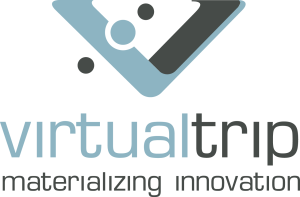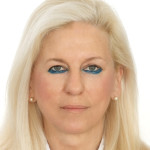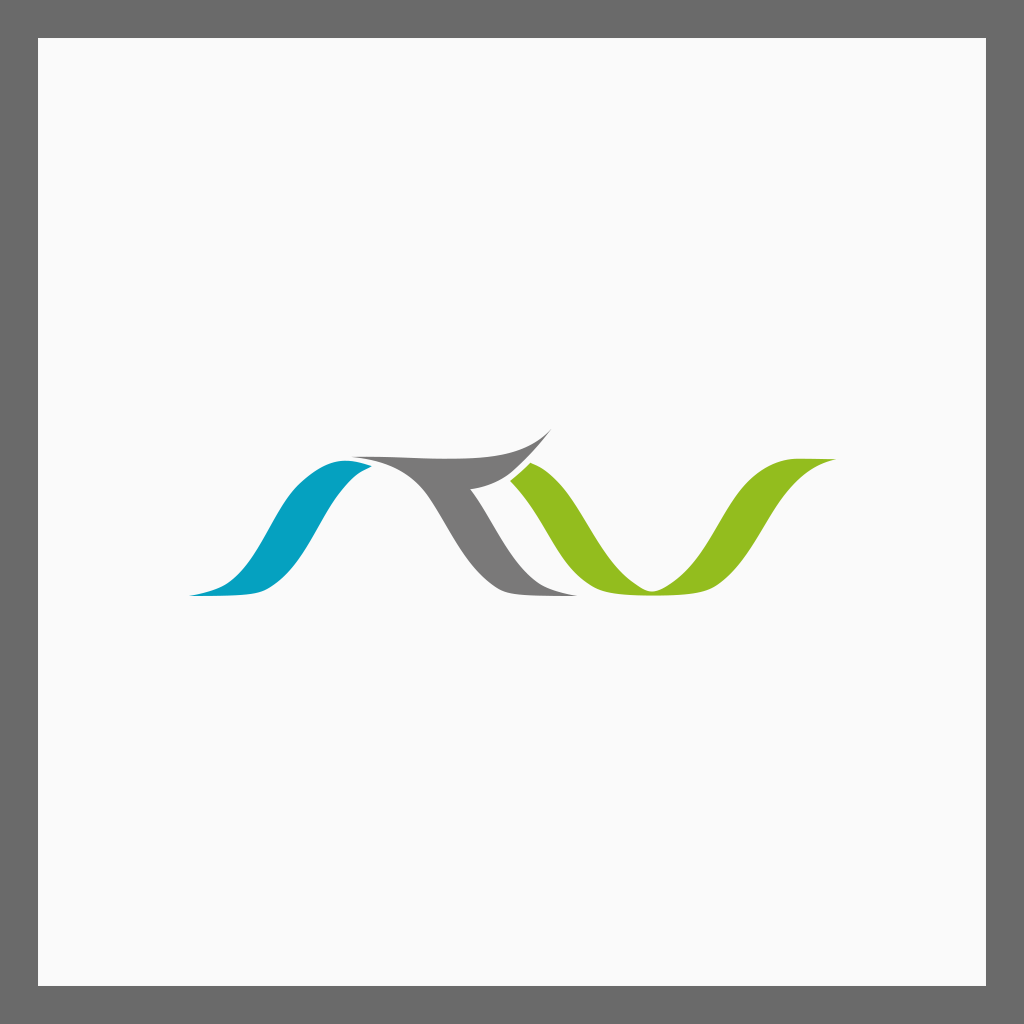“Change is the end-result of all true learning”. This phrase belongs to Leo Buscaglia, famous author and motivational speaker; and it is best used to describe bright examples from the Greek academia. Such are the innovative projects presented at the special BioMed Business Innovation Contest; as held by IEEE EMBS Student Chapter of the University of Patras.

The BioMed Business Innovation contest
BioMed Contest asked students (in teams or individually) from all over Greece to submit an innovative scientific idea. Specifically, in the academic field of BioMedical Technology; one that they believe can become a real product or service.
Participants were called to describe their idea in 5 minutes, clearly; stating important issues like:
- what problem their idea solves,
- how they treat this problem,
- how can this idea be marketed and
- what kind of business model they could use, if the idea became a company.
The winners
There were overall 3 winners at the BioMed Business Innovation contest; with the first 2 receiving money awards provided by Virtual Trip; a company in StartTech Ventures’ Incubator, proudly supporting innovative ideas coming from academic institutions.
The Contest was also supported by the Hellenic Startup Association, Colab WorkSpace and Microsoft Innovation Center.
1st Prize Winning Project on Osteometry!

To begin with, the winning project was submitted by Ms. Sofia Panteliou (Associate Professor, Machine Design Lab, Dept. of Mechanical Engineering and Aeronautics, University of Patras, Greece) and Mr. Ioannis Sarris (Postgraduate Researcher at the University of Patras). It is about Osteometry and about monitoring changes in bone architecture!
Let’s see the Q&A’s we exchanged with Ms. Panteliou in order to have a clear view of the innovative winning scientific project.

Ms. Panteliou, please describe briefly the main advantages and key points of your winning project at the BioMed Contest. What kind of problem does it solve?
We can use the proposed methodology for monitoring changes in bone architecture; hence as a tool for monitoring metabolic bone diseases, especially osteoporosis. The method includes analytic-arithmetic and measuring tool for assessment of changes in bone quality. It detects on time porosity changes. Interestingly, it’s based on calculation and measurement of Modal Damping Factor. And we can achieve this through dynamic excitation of bone in the acoustic frequency range.
How innovative this project is comparing to other similar ones?
Method’s advantages in comparison to conventional methods
- Objectivity.
- High accuracy, sensitivity, repeatability.
- Low cost.
- Non evasiveness.
- Absence of pain.
- Portability.
- No patient radiation.
- Short test duration (2-3 min).
- Does not require highly trained personnel.
- Detects osteoporosis much earlier than any other method.
- Method’s results correlate with results acquired with all conventional methods, something that does not happen among them.
- Insensitive to variations in soft tissues composition.
- Due to measuring data tele-transfer possibility, test can be performed on patients living in remote areas; and diagnosis-therapy can be given from central medical units.
- Test can be performed as often as wished due to non invasiveness, pain absence, no patient radiation characteristics.
- Positive effect on labor and financial load from development of domestic use model. Hence, patients will not visit diagnostic centers without reason.
- Possibility for elderly care, with sensor on the patient, without obligatory travel of patient or nursing personnel.
- Because highly qualified personnel for device use and precaution meters are not required (i.e. radiation), the diagnostic cost is minimized.
- Low energy consumption (as of one PC, because test duration per patient is 2-3 min; against about half an hour for bone density measurement with conventional machines).
- Required number of raw materials and accessories much smaller than conventional machines.
- Minimized recycling cost.
- Minimal required space for production and function.
Can you specify potential revenue streams if this project becomes a marketable product?
In Greece (2005) there are approximately 10.000 medical doctors specializing in areas related to metabolic bone diseases diagnosis and therapy. To this number we must add the number of private and public hospitals and centers for health care.
How promising is the BioMed academic community in Greece, in terms of innovation and potential market value? Υour opinion as an educator is very important!
Knowledge and experience in design and development of innovative products, and especially medical ones, is something you can’t find frequently in Greek academia. People often come up with innovations but these are usually far from competitive innovative and marketable upon design products. This is mainly due to the fact that, in order to come up with a biomedical product, they need a multidisciplinary team; something not yet frequently found. Besides, they need to follow steps of classical mechanical design. That is, in order to assure the characteristics of a competitive product and transform a desire to a need. Finally, the role of Institutions -Universities is not supportive.
Following the presentation of the winning project, in a few days we will interview the 2nd prize winners. Also a very innovative BioMed academic team!
